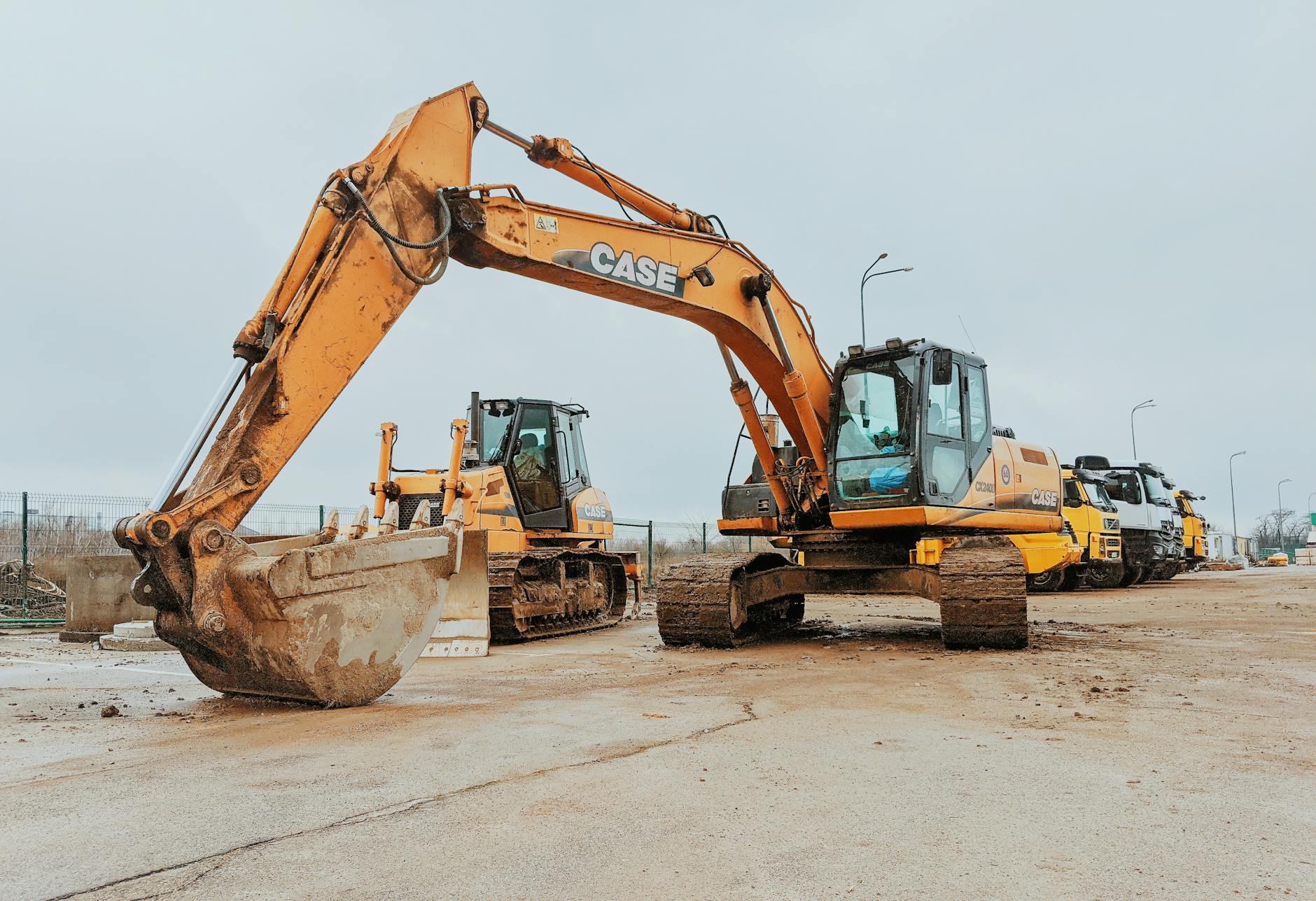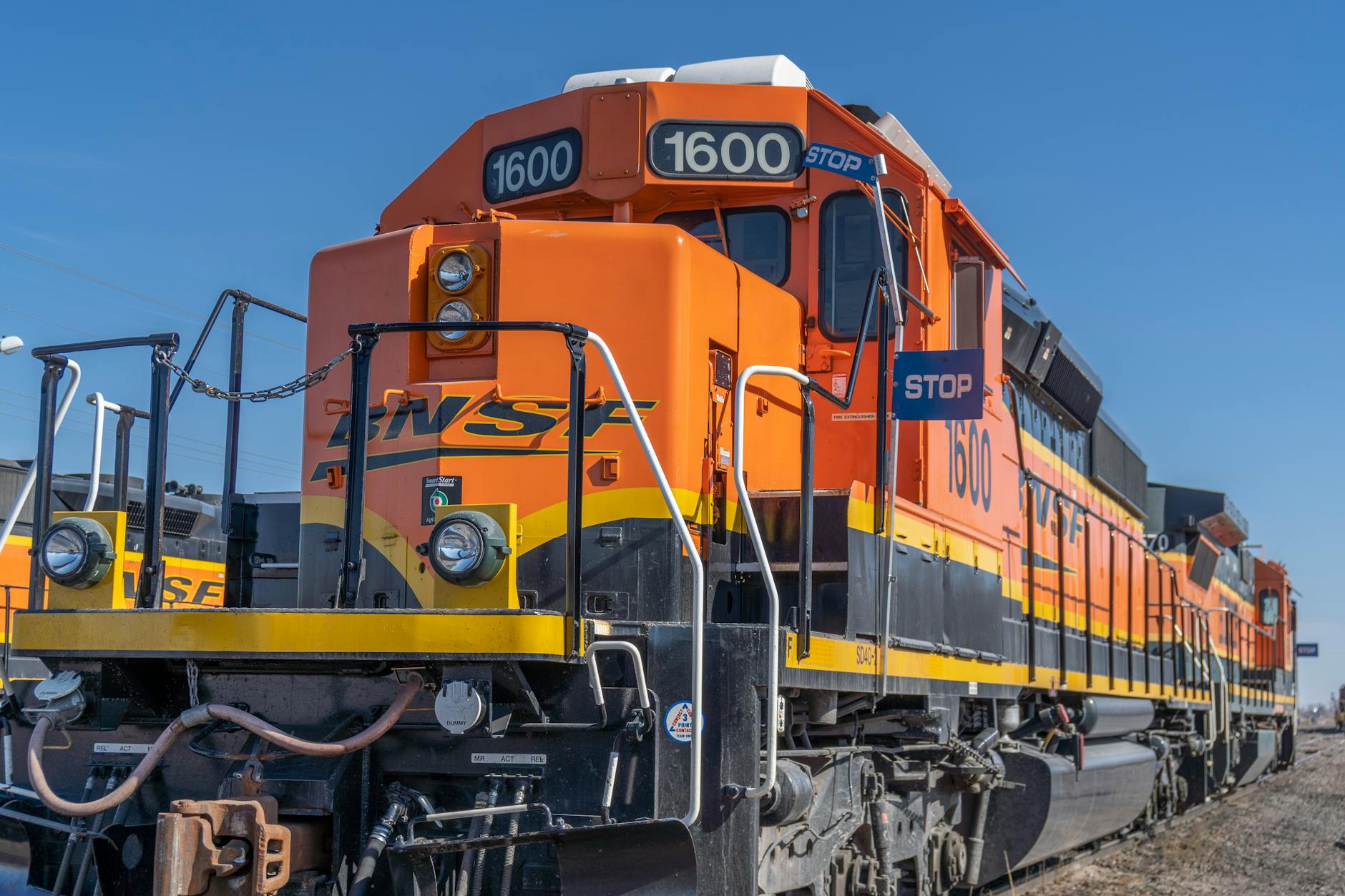What Makes Australia's Logistics Innovations Stand Out Globally?

Green Logistics Practices in Australia
Eco-Friendly Transportation Solutions
As an aspiring logistics innovator in Sydney, I've noticed the vital role that eco-friendly transportation plays in advancing sustainable logistics. Picture yourself walking through the bustling campus of the University of Sydney, surrounded by the city's progressive energy. That same sense of innovation can also be applied to transportation solutions that minimise environmental impact. One standout example is the increasing use of electric vehicles in delivery fleets. They offer an appealing alternative to traditional fuel-powered trucks, reducing emissions and promoting cleaner city air.
But the progress doesn't stop there. In the logistics tech community, there's an exciting buzz about cleaner delivery routes and optimising loading to slash unnecessary mileage. Collaborating with 3PL providers can be a game-changer here, as they often have the technology and expertise to implement these solutions efficiently. By embracing route optimisation tools, these providers can ensure timely deliveries while cutting down on fuel consumption and costs.
Strategic use of urban bike couriers in dense city centres, like Pyrmont's technology hubs, is making last-mile deliveries even greener. These bikes access areas where larger vehicles struggle, highlighting an inventive turn in logistics that aligns with sustainable goals. Embracing such eco-friendly transportation innovations can pave the way to a greener logistics landscape in Sydney and beyond.
Cutting-Edge Technologies
Technology is revolutionising the logistics landscape, especially in areas around Sydney where the tech hubs in Pyrmont are thriving with innovation. One of the most significant advancements making waves is the integration of AI and automation in logistics operations. These technologies are enhancing efficiency through predictive analytics and real-time monitoring, helping logistics providers reduce operational costs and improve accuracy. Automation, in particular, streamlines repetitive tasks, allowing logistics professionals to focus on strategic initiatives.
Data-driven decision-making is another critical component that's gaining traction. Leveraging big data and analytics, companies can optimise routes, manage inventory more effectively, and forecast demand with greater precision. This approach not only boosts operational efficiency but also aligns with sustainable practices by minimising waste. For businesses looking to partner with a logistics provider, embracing such data-centric strategies is instrumental in achieving long-term environmental goals.
In fleet management, innovations such as telematics, GPS tracking, and electric vehicles are game changers. These tools provide valuable insights into vehicle performance and utilisation, allowing for more informed decisions that enhance fuel efficiency and reduce emissions. Such measures resonate well with the commitment to sustainability, further solidifying a brand's reputation for environmental responsibility.
These advancements are paving the way for a more efficient and sustainable logistics ecosystem, empowering businesses to align more closely with eco-friendly practices while maintaining a competitive edge in the industry.
Regulatory and Environmental Standards
Adhering to Stringent Environmental Policies
Navigating the complex web of environmental policies is crucial for any logistics innovator. These standards ensure that logistical operations remain sustainable. In Australia, regulations require companies to minimise their environmental impact. This includes meticulous waste management, stringent carbon emissions calculations, and leveraging renewable energy sources. Ensuring compliance not only protects the environment but can also enhance a company's reputation, establishing it as a responsible player in the industry.
Compliance with International Green Standards
For businesses looking to expand globally, understanding and adhering to international green standards is vital. These encompass a wide array of guidelines, from energy efficiency benchmarks to emission reduction protocols. For instance, the ISO 14001 sets out criteria for environmental management systems that can aid in improving resource efficiency and reducing waste. Aligning with such standards demonstrates a commitment to sustainability and can cater to discerning consumers who prioritise eco-conscious brands.
Support for Renewable Energy Initiatives
Supporting renewable energy initiatives is more than just an environmental responsibility. For logistics firms, this means integrating green technologies into everyday operations. This could include utilising solar-powered fleets or establishing energy-efficient warehouses around tech hubs like Pyrmont in Sydney. Embracing these practices not only aligns with environmental regulations but also taps into the growing consumer demand for sustainable business models. Trends indicate that customers increasingly prefer businesses that invest in long-term environmental sustainability, turning compliance into a competitive edge. Incorporating partners from sustainable ecosystems, such as a 3PL, is essential to embracing such green initiatives within the logistics sector. These strategies collectively ensure that businesses remain compliant and ahead of environmental mandates.
Challenges in Sustainable Logistics
Balancing Innovation with Sustainability
Navigating the terrain of sustainable logistics involves finding the delicate balance between innovation and ecological responsibility. Many logistics innovators in Sydney face the challenge of integrating advanced technologies while remaining environmentally conscious. The use of 3PL fulfillment services offers flexibility, but the journey to sustainability requires constant adaptation. For many, the key hurdle is ensuring that cutting-edge advancements don't overshadow green initiatives. Balancing these aspirations can prove difficult, often requiring substantial investment in green technologies.
Infrastructure and Resource Limitations
Another pressing issue is the restriction posed by existing infrastructure and resource limitations. Across the Sydney Central Business District (CBD), for instance, businesses are constrained by dated facilities not optimised for eco-friendly operations. Transforming these infrastructures to align with sustainability goals requires significant capital and strategic foresight. Additionally, securing sustainable resources often involves high costs and limited availability, challenging firms to adapt their logistics framework innovatively.
Customer Expectations and Compliance
Customer expectations are a formidable force. Consumers demand transparency and sustainability in delivery processes, motivating companies to elevate their practices. However, meeting the complex web of compliance regulations can be daunting. Companies are tasked with ensuring that their logistics functions meet international and local environmental standards. This requires an ongoing effort to bridge customer expectations with logistical realities, prompting a reevaluation of strategies to remain competitive and sustainable.
Proven Strategies for Sustainable Success
Developing Ethical Guidelines
Creating robust ethical guidelines is essential in driving sustainable success within the logistics sector. It’s akin to embedding a moral compass into the company's DNA—an action that resonates strongly with emerging professionals navigating the vibrant tech hubs around Pyrmont. These guidelines should advocate for sustainable sourcing and supply chain integrity. The insights I gained during an interview with a distinguished expert from the University of Sydney emphasise the importance of aligning company policies with global environmental standards. By clearly articulating these guidelines, businesses can positively influence both internal stakeholders and external partners.
Prioritising Transparent Communication
Achieving greater transparency in communication is another key element for success. This often involves cultivating open dialogues between teams and partners. Here in Sydney, particularly around the tech-savvy locales of the Sydney CBD, I’ve seen how advanced communication tools can foster this transparency. Integrating such systems allows for real-time updates on lead time and delivery status, creating a seamless operation for both customers and the business alike.
Embracing Continuous Improvement
The path to enduring sustainability is paved with continuous improvement and adaptation. Logistics innovators should focus on iterative processes that readily incorporate cutting-edge technology, such as supply chain software. Embracing a culture of innovation not only aligns with environmental goals but also meets the dynamic expectations of modern consumers. One logistician I spoke with in Sydney enthused about how iterative feedback loops help keep their operations agile and forward-thinking. These strategies ensure that our logistics frameworks can evolve alongside the fast-paced developments in technology and sustainability.


